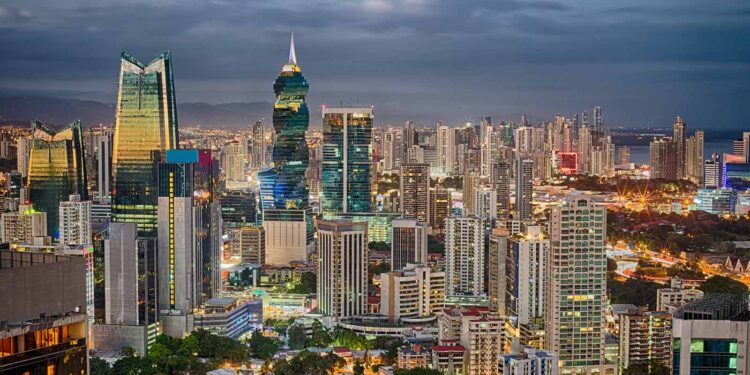Business Aircraft Ops to Panama – Part 2: Permits & CIQ

This business aviation blog post continues from our article last week, titled “Business Aircraft Ops to Panama – Part 1: Airports, Handling & Local Area.“
For a permit and documentation perspective Panama is an easy and friendly operating environment. Landing permits can usually be processed quickly, and permit revisions are seldom an issue. Keep in mind the customs and immigration procedures when traveling through the country.
The following is an overview of what you need to know:
1. Panama overflight and landing permit requirements
While official permit lead time for Panama overflight and landing permits is six business days, it’s usually possible to obtain permits very quickly for single stops in-country, at CAA’s discretion. The permit process for Panama is far less complex, and more user friendly, than it had been in the past. While CENAMER overflight permits are not required for overflight of Panamanian airspace, this is a consideration to be mindful of for those transiting other Central American airspace inbound/outbound to/from Panama.
2. Slots and PPRs
Currently, there are no airport slots or prior permission required (PPR) mandates for any airport in Panama.
3. Permit documentation
Documentation requirements in Panama are the same for both private non-revenue and charter (non-scheduled commercial) operations. Documentation/information requirements include:
- aircraft schedule
- aircraft registration, type and maximum takeoff weight (MTOW)
- pilot in command (PIC) and second in command (SIC) names and pilot license numbers
- lead passenger name
- email, phone and fax contacts
For Panama permits there’s no requirement to provide 1) insurance or noise certificates, 2) a full list of passenger names, or 3) air operator certificates (AOC), in the case of charter flights.
4. Permit applications
Permits are normally applied for online, and there’s no special format that must be used in these requests. The Civil Aviation Authority (CAA) processes permits during normal Monday-Thursday 0730-1530 local operating hours, and you’ll normally quickly receive a response to the email address given in the online request. Permit confirmation numbers are provided and must be placed in remarks section 18 of your ICAO flight plan. It’s rare for permit or flight plan requests to be rejected in Panama, but if there’s an issue with incorrect or missing information CAA normally will contact you. In this case, you or your trip support provider will need to send in a new permit request. For Panama it’s recommended that permits be requested at least 24 hours prior to the estimated time of arrival/departure (ETA/ETD), and flight plans should be filed 12 hours prior to the operation.
5. Domestic operation permits
If you intend to fly domestic legs within Panama, be aware that there are different requirements and processes in place. While operators may use the online system for a single stop in Panama, flights involving domestic legs require a more traditional permit request, with hard copies of the request and documentation forwarded to CAA at six working days in advance.
6. CIQ considerations
For tech stops in Panama, passengers and crew do not need to show passports if they don’t deplane. However, keep in mind that you cannot uplift fuel in Panama without appropriate fire protection equipment on standby, and not all airports have this equipment available. Should you be required to deplane during a Panama tech stop, it will be necessary for crew and passengers to go through customs, immigration, and quarantine (CIQ) clearance at the main terminal. For a CIQ clearance, all passports must have at least three months remaining validity and visas may be required, depending upon nationality.
7. CIQ processing
CIQ clearance in Panama is normally done in the main terminal, and your ground handler will often be able to arrange a separate clearance line from those used by scheduled commercial passengers. Your handler will escort you through the clearance process, pre-fill out arrival/departure cards and supply gen decs to authorities. Four gen dec copies are submitted on arrival and seven on departure. CIQ clearance via the main terminal normally takes 20 minutes or less at MPTO.
Conclusion
Additional planning steps, and extended lead times, come into play when setting up domestic GA operations within Panama. If you’re planning more than one stop in country it’s recommended to begin working with your trip support provider and/or ground handler early. Also, keep in mind the CIQ process requirements when traveling through the country.
Questions?
If you have any questions about this article or would like assistance planning your next trip to Panama, contact me at marcellaklauser@univ-wea.com.




